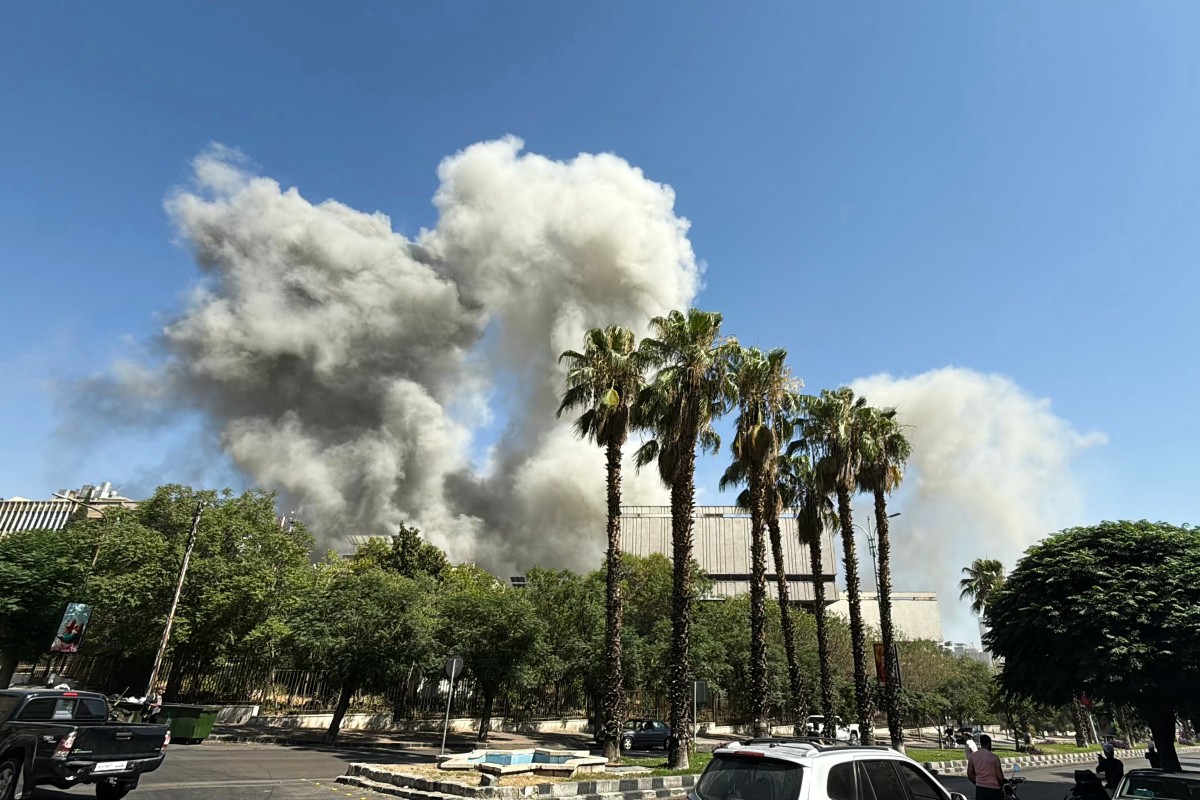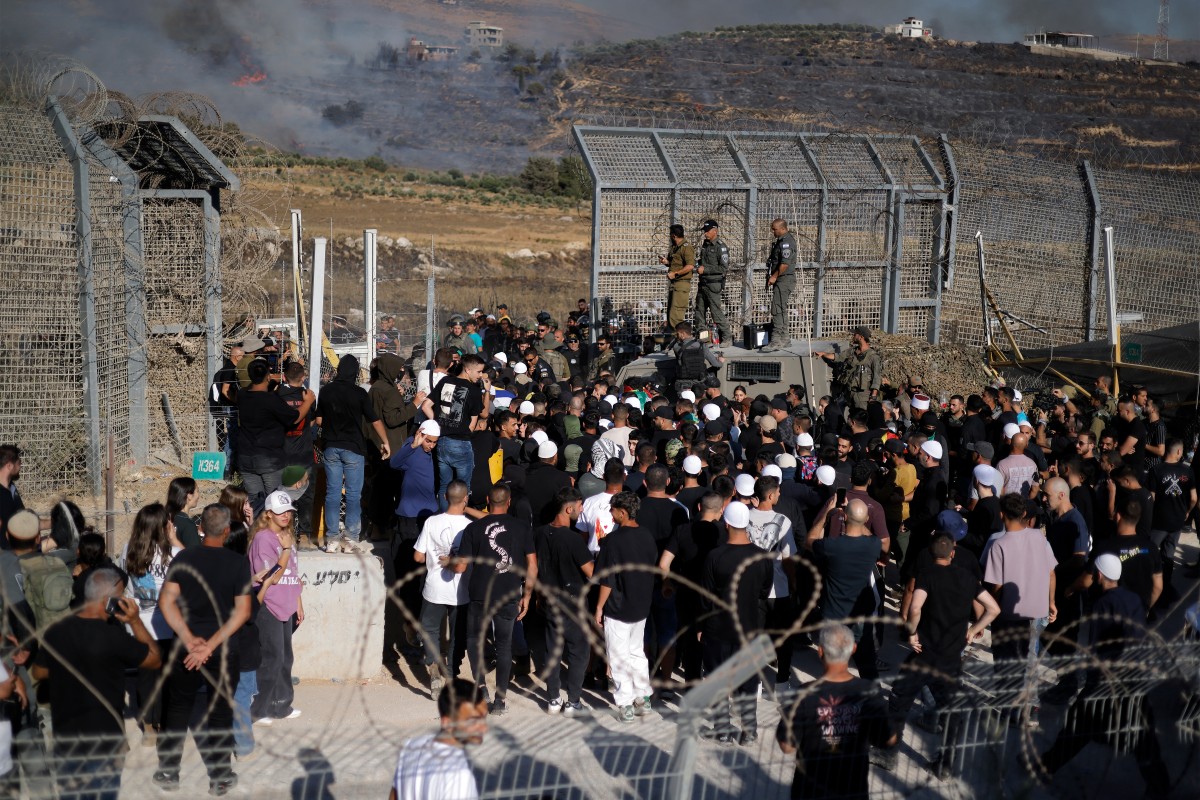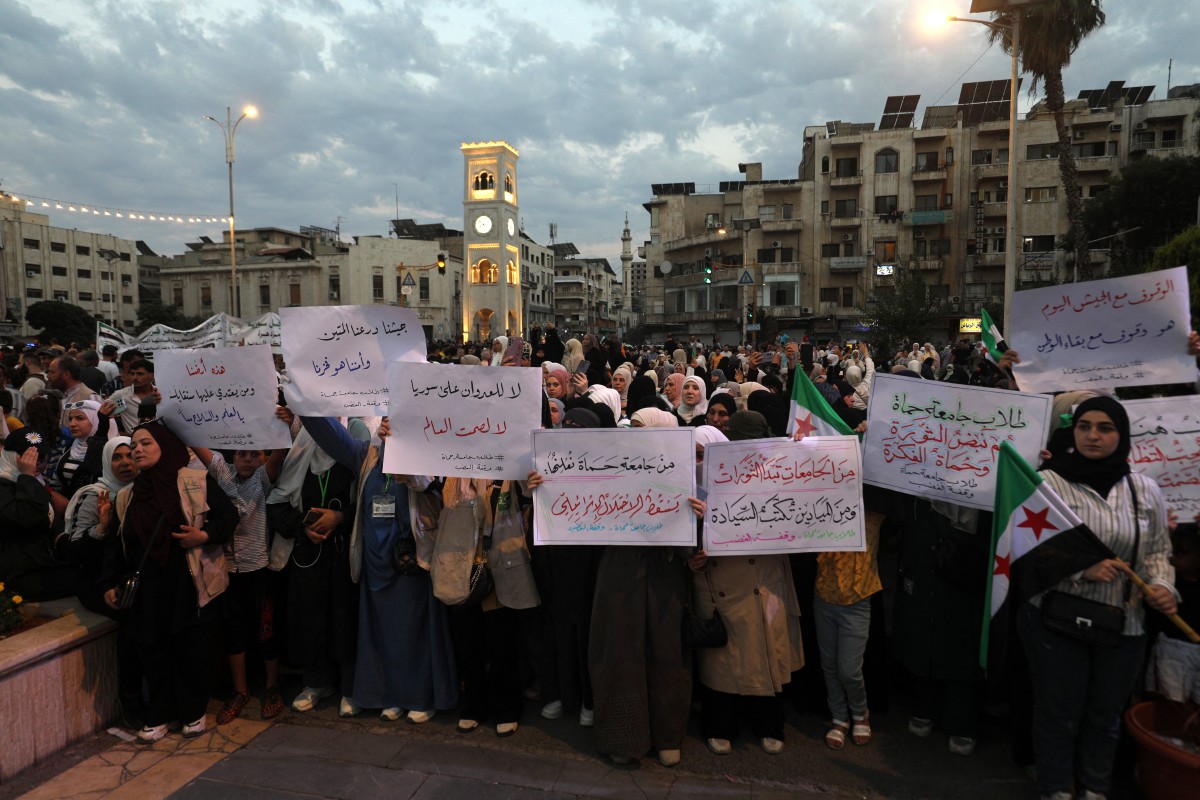
By Agence France-Presse
Syria announced that its army had begun to withdraw from violence-hit Sweida on Wednesday, July 16, following a wave of Israeli strikes on the capital and a U.S. call for government forces to leave the Druze-majority southern city.
The United States, which is closely allied with Israel and has been trying to reboot its relationship with Syria, said an agreement had been reached to restore calm in the area, and urged “all parties to deliver on the commitments they have made.”
The Syrian government earlier announced a new ceasefire in Sweida that would bring a halt to military operations there, after clashes that a war monitor said had left more than 350 people dead since Sunday, July 13.
A defense ministry statement said, “The Syrian army has begun withdrawing from the city of Sweida in implementation of the terms of the adopted agreement, after the end of the sweep of the city for outlaw groups.”
The statement did not mention any withdrawal of other government security forces, which had been deployed to the city on Tuesday, July 15, with the stated aim of overseeing a previous truce agreed with Druze community leaders following days of deadly fighting with local Bedouin tribes.
That ceasefire appeared to have little effect, however, with witnesses reporting that the government forces joined with the Bedouin in attacking Druze fighters and civilians in a bloody rampage through the city.
The Syrian Observatory for Human Rights war monitor said that the violence in Sweida province had left more than 350 people dead, including government forces, local fighters, and 27 Druze civilians killed in “summary executions.”
The Syrian presidency vowed to investigate the “heinous acts” in Sweida and to punish “all those proven to be involved.”

Damascus strikes
Israel, which has its own Druze community, has presented itself as a defender of the group, although some analysts say that is a pretext for pursuing its own military goal of keeping Syrian government forces as far from their shared frontier as possible.
Following the fall of Syria’s longtime ruler Bashar al-Assad in December, the Israeli military took control of the UN-monitored demilitarized zone in the Golan Heights and conducted hundreds of strikes on military targets in Syria.
After carrying out air strikes in Sweida province earlier this week, in what it said was defense of the Druze, Israel launched a series of attacks on the capital Damascus on Wednesday, July 16.
AFP images showed the side of a building in the defense ministry complex in ruins after one strike, as smoke billowed over the area.
Israel said it had also struck a “military target” in the area of the presidential palace, while a Syrian interior ministry source reported strikes outside the capital in “the vicinity of the Mazzeh (military) airport.”
Israeli Defense Minister Israel Katz called on Damascus to “leave the Druze in Sweida alone,” and threatened to unleash “painful blows” until government forces pulled back.
Syria’s foreign ministry slammed the attacks as a “dangerous escalation,” while Israel’s military chief insisted his forces were “acting with responsibility, restraint, and sound judgment.”
The Syrian health ministry said that at least three people were killed and 34 wounded in the strikes on Damascus.

Halt to Sweida operations
Announcing the new ceasefire on Wednesday, July 17, Syria’s interior ministry said there would be a “total and immediate halt to all military operations,” as well as the formation of a committee comprising government representatives and Druze spiritual leaders to supervise its implementation.
An AFP correspondent in Sweida, however, reported hearing gunfire in the city even after the announcement.
In a video carried by state television, Sheikh Youssef Jarboua, one of Syria’s main Druze spiritual leaders, read out the 10 points of the accord, which also includes “the full integration of the province” of Sweida into the Syrian state. Until now, Druze areas have been controlled by fighters from the minority community.
The latest fighting was the most serious outbreak of violence in Syria since government forces battled Druze fighters in Sweida province and near Damascus in April and May, leaving more than 100 people dead.
The clashes between the Bedouin and the Druze that first prompted the government deployment were triggered by the kidnapping of a Druze vegetable merchant, according to the Observatory. The two groups have been at loggerheads for decades.
The Islamist authorities have had strained relations with Syria’s patchwork of religious and ethnic minorities, and have been repeatedly accused of not doing enough to protect them.
U.S. Secretary of State Marco Rubio had expressed concern on Wednesday about the Israeli bombings, adding “we want it to stop.”
A State Department spokesperson said Washington was also asking Syria to “withdraw their military in order to enable all sides to de-escalate.”
Rubio later announced on X that all sides had “agreed on specific steps that will bring this troubling and horrifying situation to an end.”
He wrote, without elaborating on the nature of the agreement, “This will require all parties to deliver on the commitments they have made and this is what we fully expect them to do.”
